
OR
Nepal receives FDI commitment of only Rs 30 billion in 10 months of current FY
Published On: May 26, 2023 01:30 PM NPT By: Republica | @RepublicaNepal
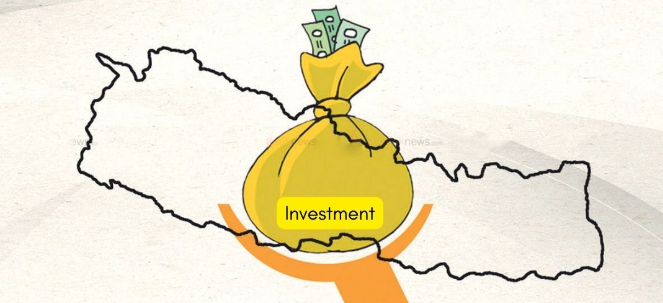
KATHMANDU, May 26: Despite the government's repeated assurances about increasing production through foreign investment, the actual commitment of foreign investment has decreased. Compared to mid-March to mid-April of the current fiscal year, investment commitments have decreased by about Rs 6 billion in just one month (mid-April to mid-May). According to the Department of Industry, while foreign investment commitments of Rs 7.5518 billion were received in various sectors in a month (mid-March to mid-April), only Rs 1.6483 billion was pledged by foreign investors in the next month (mid-April to mid-May).
Compared to last year, foreign investment commitments have also decreased. From mid-July to mid-May of the current year (in 10 months), foreign investors have pledged only Rs 29.74 million.
In the last year 2021/22, foreign direct investment (FDI) commitments of around Rs 54 billion were made. Currently, investment commitments worth around Rs 30 billion have been received in a period of 10 months. In this way, it is seen that Rs 3 billion foreign investments are coming in every month. In the remaining two months, although investment of Rs 6 billion has been added in this region, it is seen that there will be much less investment compared to last year.
Although the government said that it would increase foreign direct investment after policy facilitation, the investment could not increase due to the slowdown in the world economy. In Nepal, foreign investors have taken approval in the service sector, tourism, information technology, agriculture and forest-based industries, manufacturing, etc.
Foreigners can invest in small to large industries by registering a company in the office of the company registrar and taking permission from the industry department. Although the government issued the Foreign Investment and Technology Transfer Act to bring in foreign direct investment (FDI) and implemented it, the investment did not increase this year. Along with infrastructure, there is a lot of potential for investment in the fields of electricity, tourism, agriculture, information technology, etc.
Foreign investment comes through Nepal Rastra Bank (NRB), although the permission for the same is obtained from the Investment Board and Department of Industry. The government has taken a policy to attract foreign investment by making it easier. Even though the investors have promised, the FDI is not coming as pledged. As government officials expect the domestic and foreign investment environment to improve, the impact seen on the global economy has also affected Nepal.
The government aims to mobilize foreign capital, technology, skills and knowledge in priority areas while absorbing the leading role of the private sector in foreign investment policy for sustainable and broad economic growth and job creation.
Stakeholders say that along with procedural hassles, the price of land is high, indicators of doing business reports are weak, wages of workers are high and if double taxation is improved, investment will increase. There is a government plan to develop Nepal as an attractive investment destination by creating an investment-friendly environment. Using the available local resources, the department has made a plan to increase internal production and productivity through modern technology and skills along with foreign capital.
Nepal started bringing in FDI legally in 1982 by introducing an act related to Foreign Investment and Technology, 2038 (1982). Investments are also approved through the Investment Board. Recently, Nepal has been making legal, structural and procedural reforms in the industry sector to create an investment environment and attract foreign investment.
Government officials claim that they are ready to encourage the private sector to mobilize the capital within the country and utilize even the small savings of common people for capital formation and mobilize it for economic development.
You May Like This
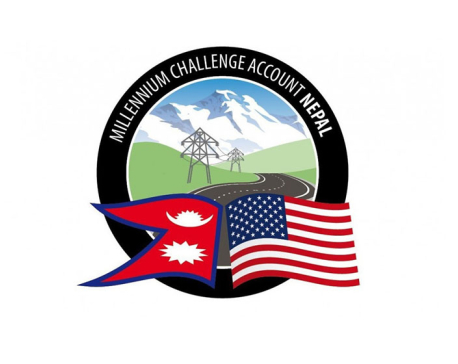
Unfortunate Opposition to MCC Compact
In a move that raises concerns for Nepal's developmental trajectory and its potential for foreign investment, a section of leftist... Read More...

Aviation Policy, 2076, limits foreign investment in flying schools and maintenance institutions
KATHMANDU, Feb 20: The government is planning to limit foreign investment in flying schools, and repair and maintenance institutions concerning... Read More...

Govt at work to introduce one-door policy
KATHMANDU, Sept 6: Minister for Industry, Commerce and Supplies Matrika Prasad Yadav today said that the government was at work... Read More...


Just In
- Kathmandu continues to top the chart of world’s most polluted city
- JSP Central Executive Committee meeting today
- Ambassador Adhikari presents his letter of credentials to Turkish President Erdoğan
- Bajhang by-election: Construction of Taklakot Road is common election agenda of candidates
- Meeting of Finance Committee being held today to discuss 2025/25 budget
- Stakeholders call for transparency as Beijing pushes for early implementation of BRI projects in Nepal
- Special Court orders judicial custody for Sunil Paudel over illegal wealth acquisition charges
- District Court Rautahat sentences four individuals including Aftab Alam to life imprisonment










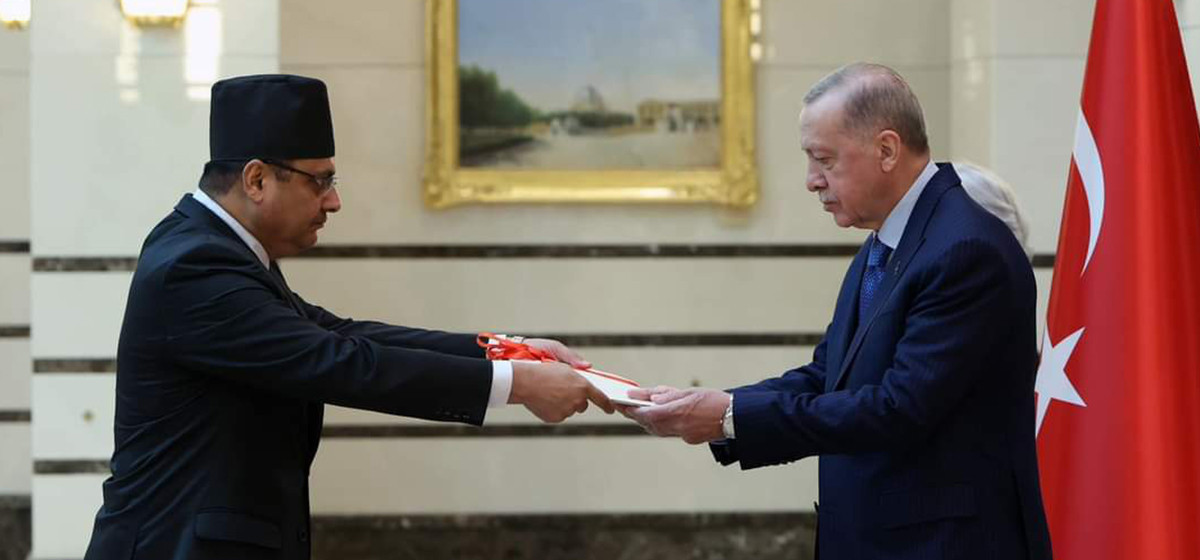

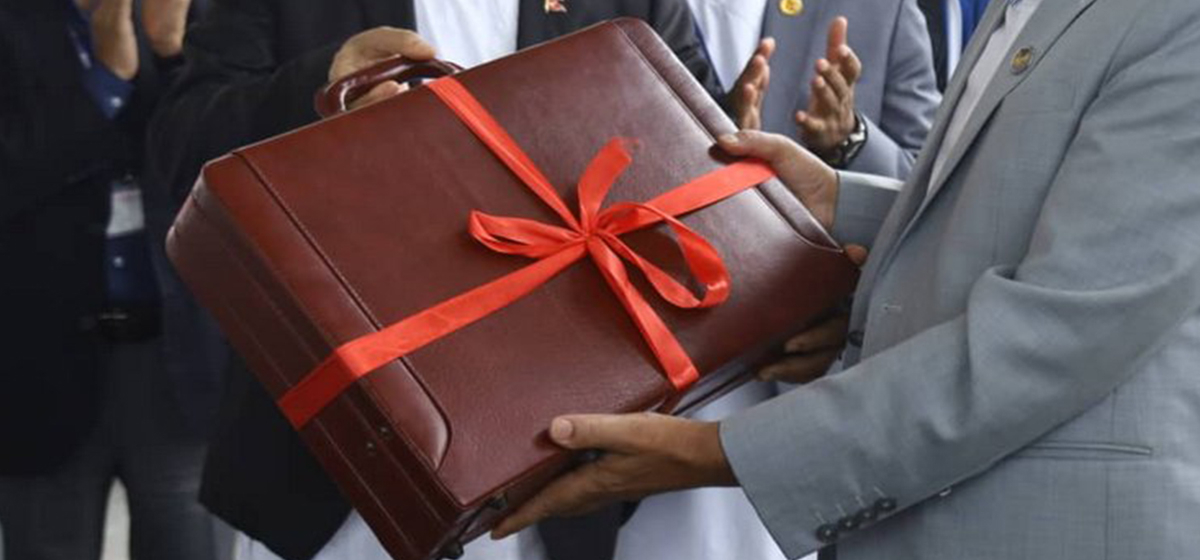

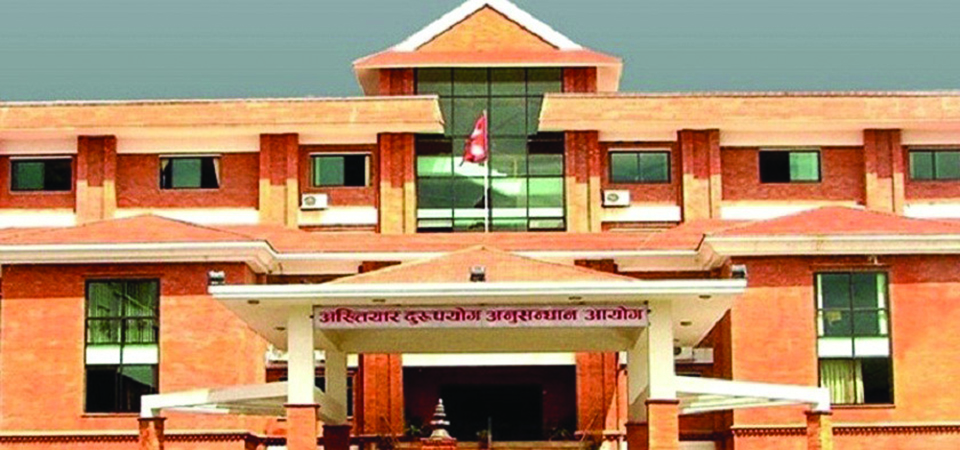

Leave A Comment